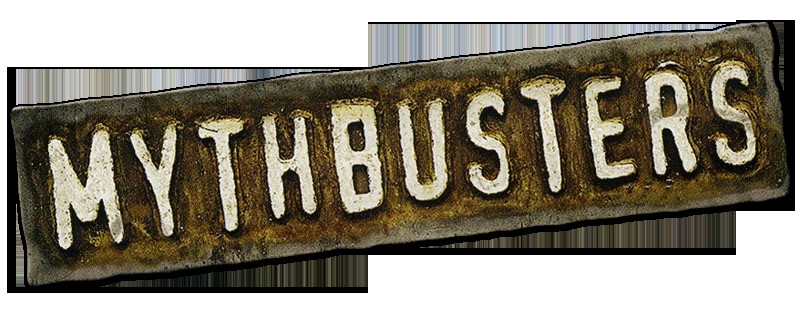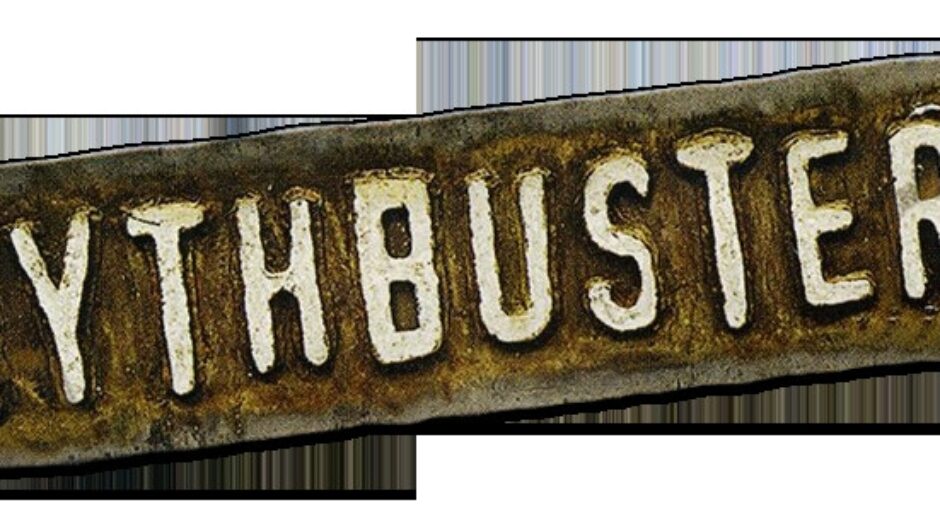
Most of the funds raised come from events
Actually, nothing could be further from the truth (for most charities).
In fundraising there are 5 different revenue streams == Direct Mail, Special Events, Planned Giving (What a horrible phrase — aren’t all gifts planned? Would the opposite be impulse giving?) Major/Campaign Gifts and finally Annual Gifts.
Let’s examine each of these fundraising methods briefly.
Direct Mail tends to reach the most number of prospective donors. This has been the “bread and butter” for most fundraising organizations for many years. This is where you can analyze your donor constituents and move them thoughtfully throughout the donor experience at your organization, hopefully culminating in the holy grail of a bequest. After all, a Direct Mail donor who has modestly supported your organization faithfully for the past 25 years is much more likely to leave a bequest than a one-time donor of $100,000.
Direct Mail is a fascinating arena — those donors that support one organization through Direct Mail tend to support many. I once had the privilege of watching a focus group of Direct Mail donors many years ago through a one-way glass wall. That in and of itself was enough to impress me, but, actually, we found out that once you are on the list of an “honored charity”, it is virtually impossible to be removed. I remember the interviewer asking the group participants if there was anything that a charity could do that would stop them from donating (including fraud). I was dumbfounded when the participants said that they would continue to support the charity because of their belief in the cause (though some indicated that they would donate less).
Direct Mail is also one of the most expensive ways to acquire a donor, usually around $1.25 to raise a dollar. At first glance, that seems to be a losing proposition. The key here is that it costs $1.25 to raise a dollar for a new donor. Once that donor is “converted”, it costs around 25¢ to raise a dollar from this donor. Much more reasonable. But remember that there is usually a limit as to what a donor will give through this revenue stream — it would be exceptionally rare to receive a $5,000 cheque as a response from Direct Mail. This revenue stream sees a lot of donors with a relatively low average gift.
The Direct Mail donor tends to be an older person who is exceptionally loyal. There are times that I believe that this modality confuses me the most. A four-page letter will outperform a two-page letter (in my world, a six-bullet-point letter would grab my attention). These donors tend to hold on to their mailer packages and will mail you in donations as they see fit (sometimes they will respond 12 months after the initial letter has been sent out but still use the enclosed buck slip and return envelope).
Stay tuned for the next week’s installment, Special Events.
L’chaim
jack




